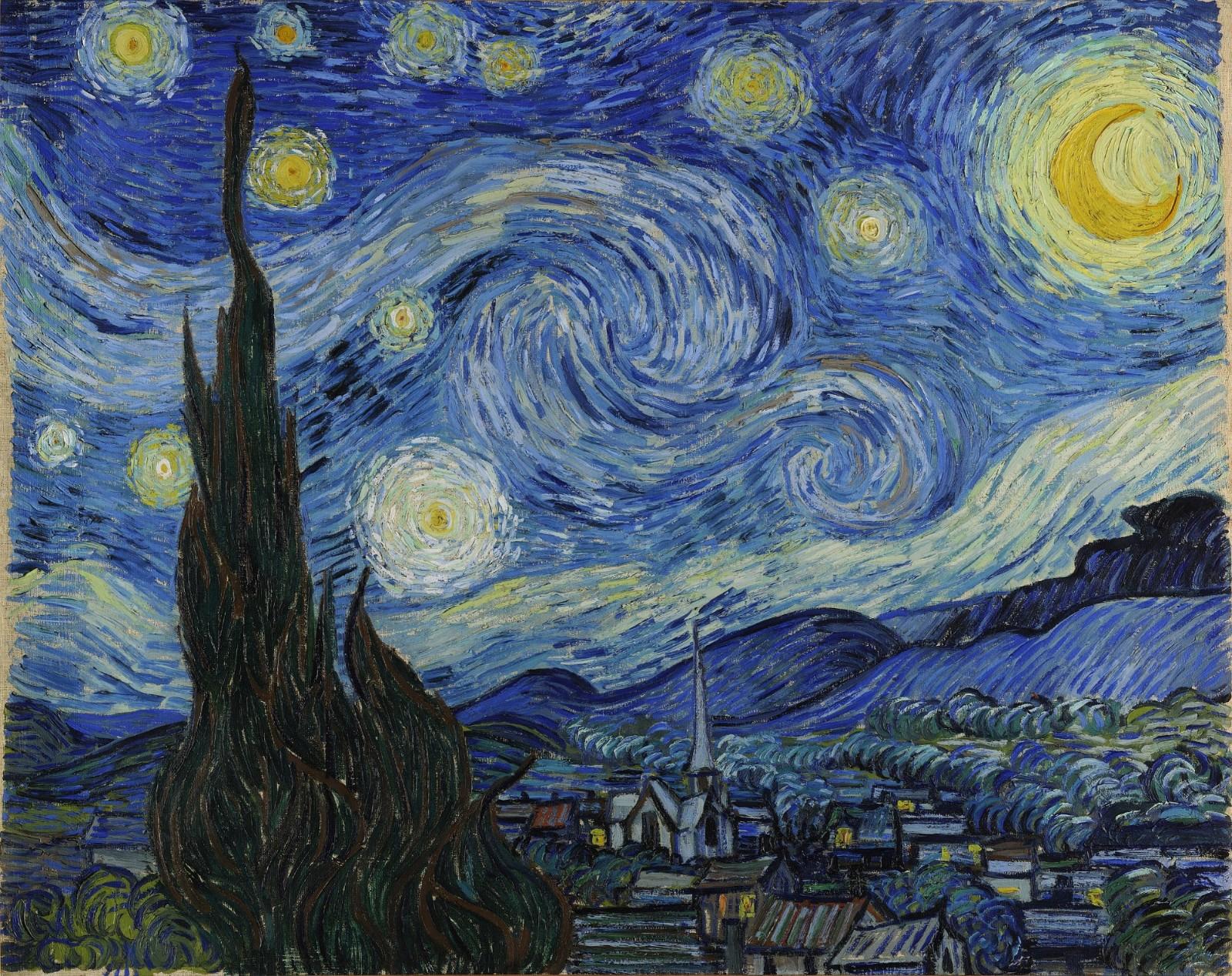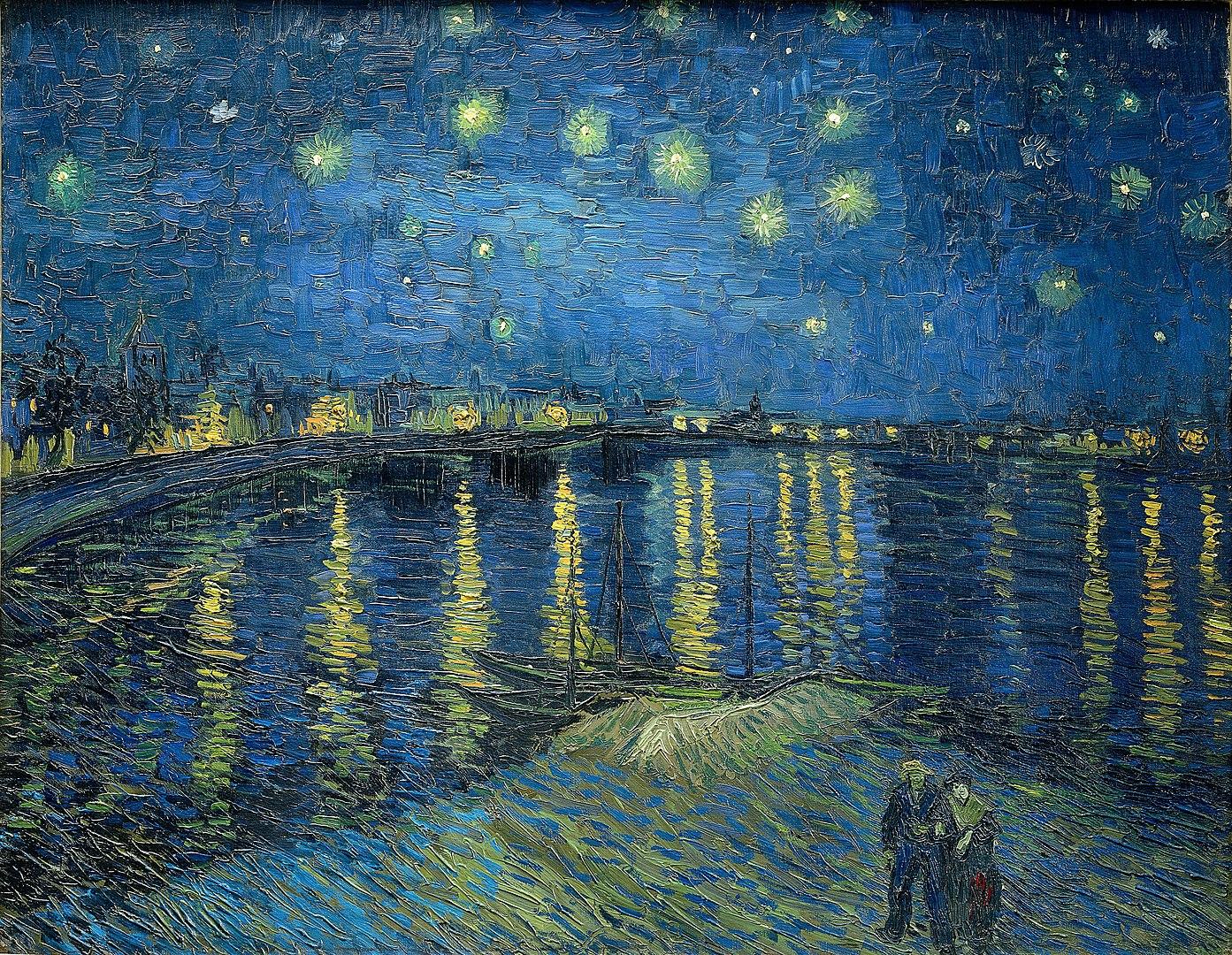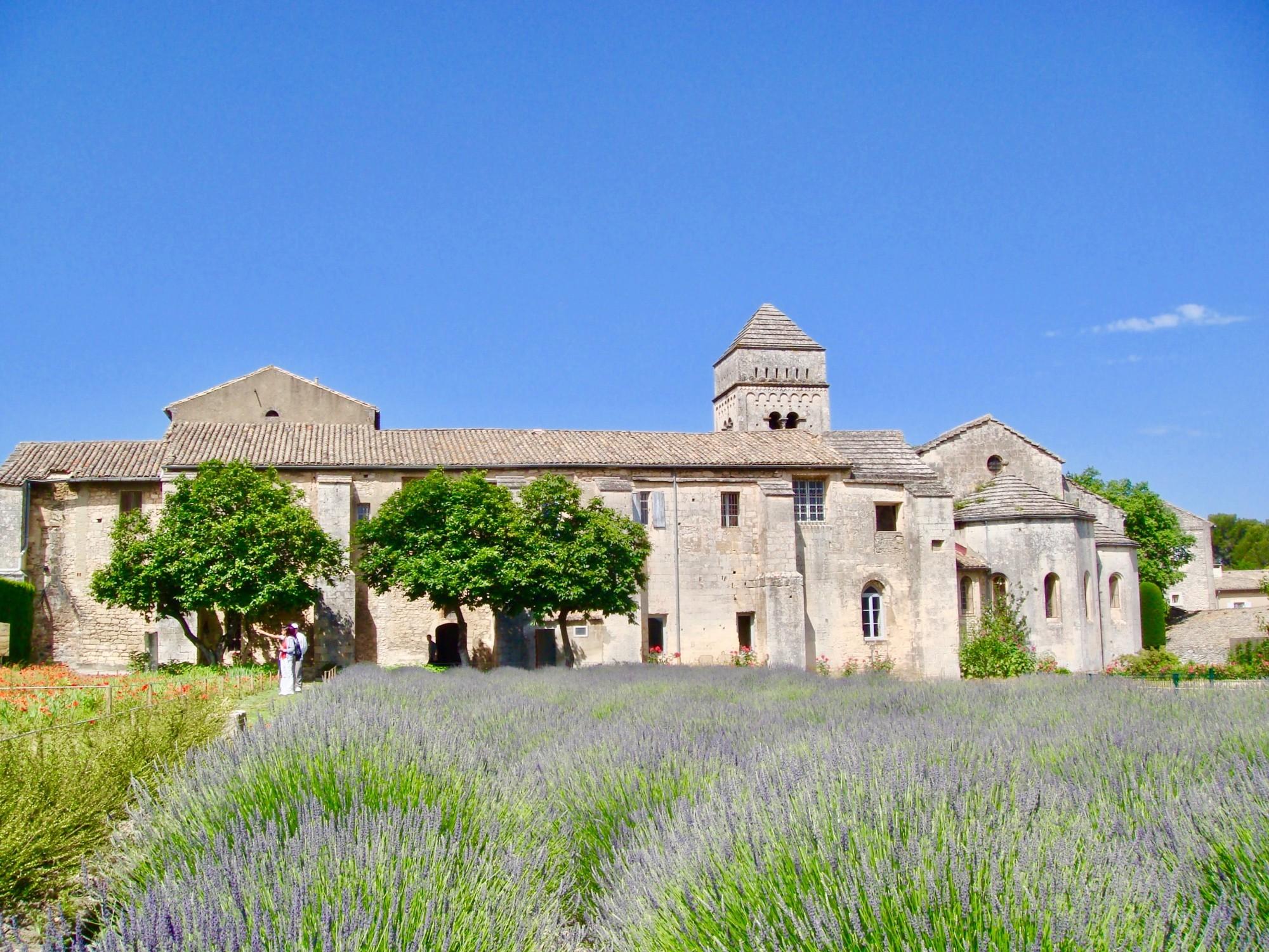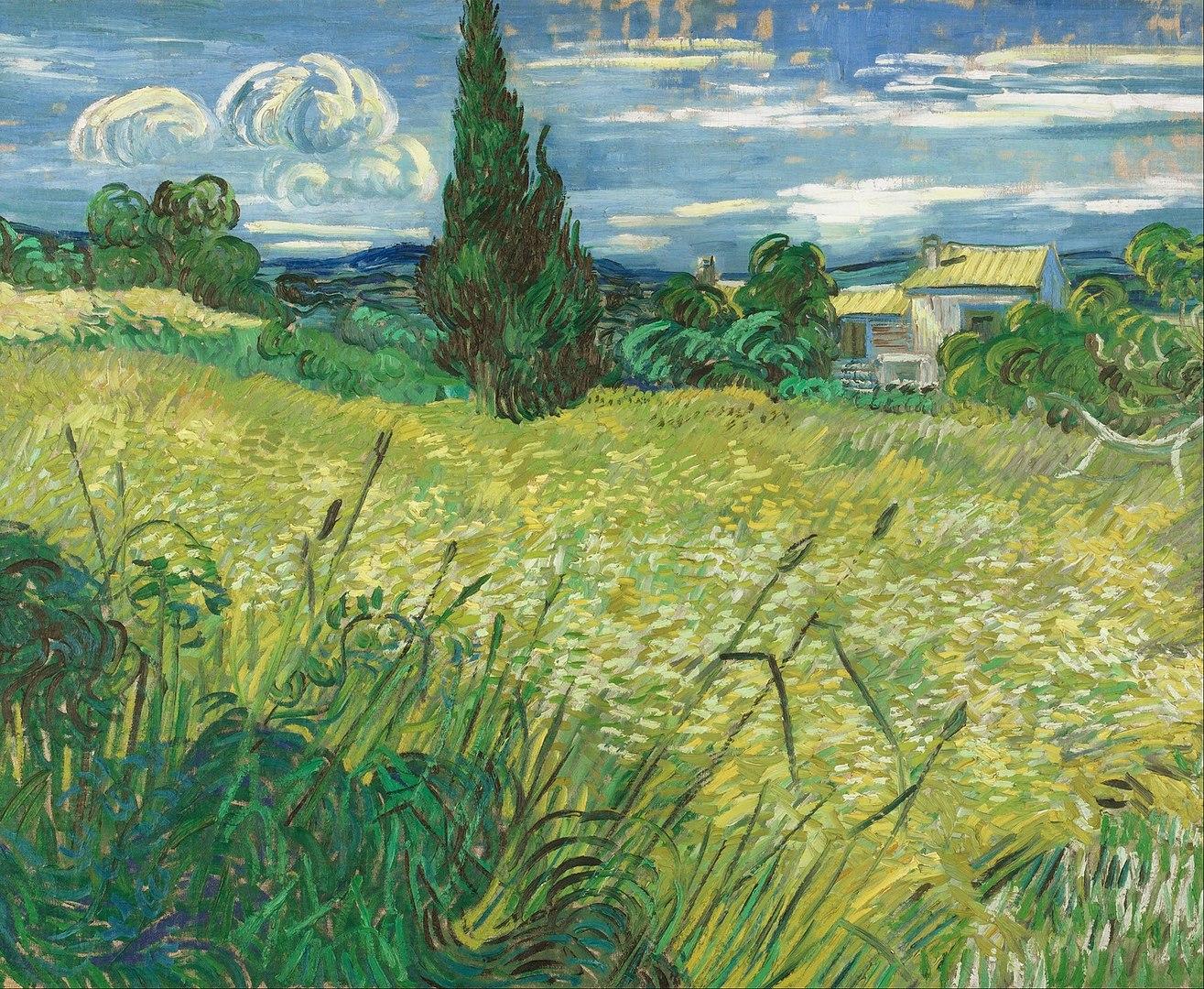After his death, van Gogh’s collection was left to his art-dealer brother, Theo, who had financially supported him. Theo intended to promote his elder brother’s work after Vincent’s death, but he died just six months after his brother.
It was Theo’s widow, Jo van Gogh-Bonger—who inherited Vincent’s works and the letters the brothers had written to each other—who would successfully build Vincent van Gogh’s posthumous fame. In addition to publishing the brothers’ letters, van Gogh-Bonger loaned some of her brother-in-law’s paintings to museums for exhibitions while selling others—including The Starry Night.
Vincent van Gogh painted The Starry Night in 1889 while he was staying in Saint-Paul asylum in Saint-Rémy, France, where he lived for a year following a breakdown and the mutilation of his left ear. Painted with oil on canvas, the artist attempted to capture the view from the window in his room.
































